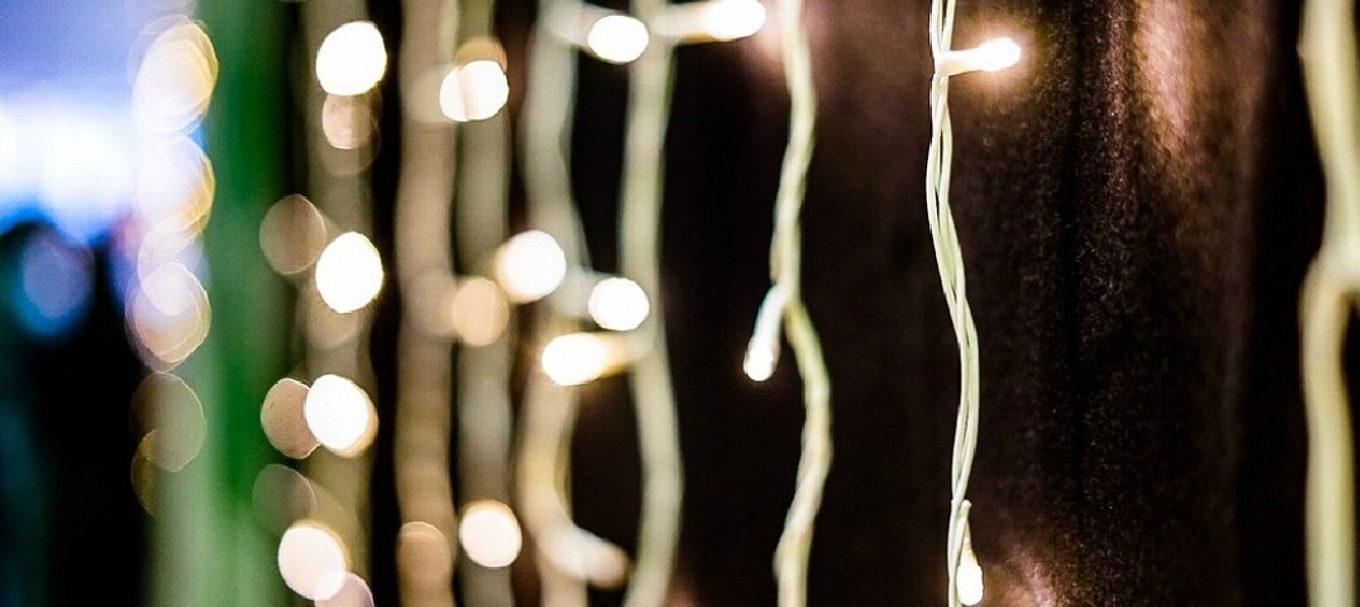
11 ways to reduce your environmental impact this Christmas
From e-cards to solar lights, there’s plenty you can do to go green for the environment this festive season.
Christmas is a time when most of us consume everything in excess. There’s an abundance of food, drink, gifts and get-togethers with lots of leftovers. But it’s important to stop and think of the impact on the environment.
Here are some simple tips to help you reduce your carbon footprint this silly season:
1. Reduce your food waste
Think about the number of times you’ve looked at the Christmas table after lunch and wondered why everyone brought so much food. All of this leftover food needs to go somewhere and often gets thrown in the bin, contributing to landfill. Try purchasing less food this year and make sure you put any food scraps in your compost or green bin.
2. Buy local
If you buy food and wine locally – from a farmer’s market or a South Australian winery – you’re not only supporting the local economy, but your food and wine travels less to get onto your plate and into your glass. This means fresher, longer-lasting food, more money to the producers and lower carbon emissions.
3. Let’s get digital
Going without cards and stamps is not only better for your hip pocket, it’s better for the environment. Less trees have to be cut down to make cards and you don’t need a postie van or bike to deliver your Christmas cheer.
4. Recycle gifts and wrapping paper
Consider making a gift for your loved one or re-gifting an unwanted gift. One person’s trash is another person’s treasure and it means less packaging, less manufacturing and lower carbon emissions.
Try using newspaper or any other nice paper you have lying around the house to wrap presents. Another great idea is to use your wrapping as part of the present, you could wrap a cookbook in a tea towel and ribbon, which can be used by the lucky recipient after.
5. Solar-powered Christmas lights
Just because you go a little bit ‘Clark Griswold’ at Christmas time, doesn’t mean you have to clock up a huge electricity bill. Trade in your old set of lights for solar-powered ones and you’ll be laughing all the way into the New Year.
6. Offset your carbon footprint
If you can’t avoid flying this silly season, purchase a carbon-offset with your flight. The carbon emissions from a flight from Adelaide to Melbourne can be offset for as little as $5.00. Flying economy might mean a little less space but it’s not just cheaper, it’s better for the environment as it means more people per plane. So feel good about those squishy seats!
7. Rediscover your own backyard
There’s plenty to discover closer to home. Consider a cycling holiday or go camping in one of SA’s national parks. If walking’s more your thing, give the multi-day walking experience, Wild South Coast Way on the Heysen Trail, a go. You’ll be using less power than if you stayed at home watching the TV with the air-conditioner on.
8. Get on your bike
Walk or ride to do your Christmas shopping or to your Christmas get-together. Your waistline will thank you for it, and it’ll mean less taxis and cars on the road.
9. Head for the shade
Usually Christmas Day can be pretty warm. Instead of switching on the air-con, why not head out to the backyard and sit under some shade or stick your feet in the paddling pool? You’ll be using less electricity and getting fresh air.
10. Unleash your creativity
Invest in good quality decorations so they can be used again next year instead of tossed in the bin, or channel your creative side and make your own unique decorations from recycled materials.
11. Choose the real deal
Believe it or not, artificial trees are actually more harmful to the environment than cutting natural trees. Artificial trees are made of PVCs, or polyvinyl chloride, which is one of the grinchiest forms of non-renewable, petroleum derived plastics. Even though you can reuse these trees, they ultimately go into landfill when they go to tree heaven. Real trees, on the other hand, are biodegradable through your green waste. If you prefer longevity, consider buying a plant to decorate and then planting it in your garden.
Inspired to make your Christmas a little greener? Discover 7 native plants perfect for an Aussie Christmas and our list of nature-inspired Christmas gifts this year!
(Main image courtesy of Leo Hidalgo)
This story was originally posted in December 2016.





